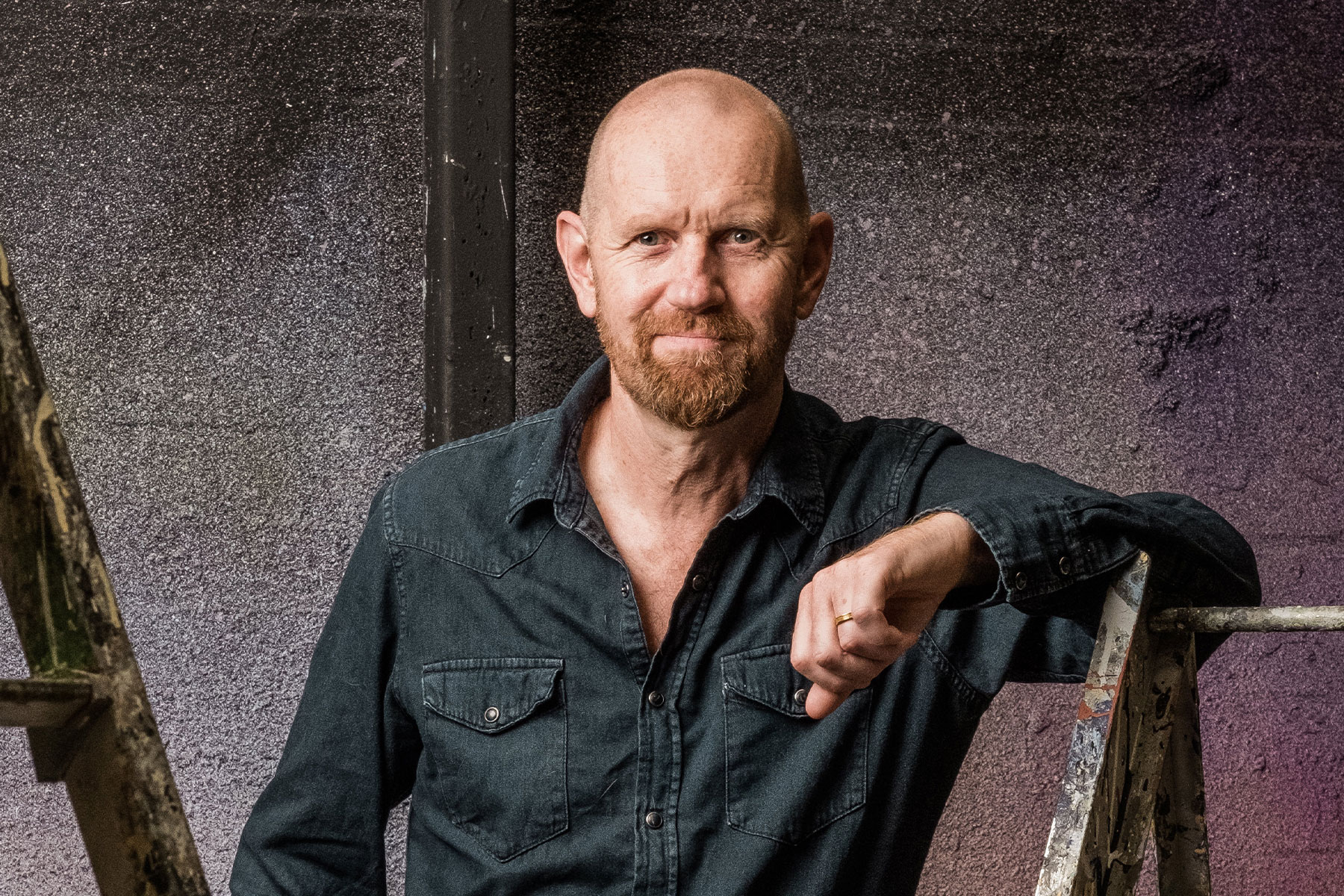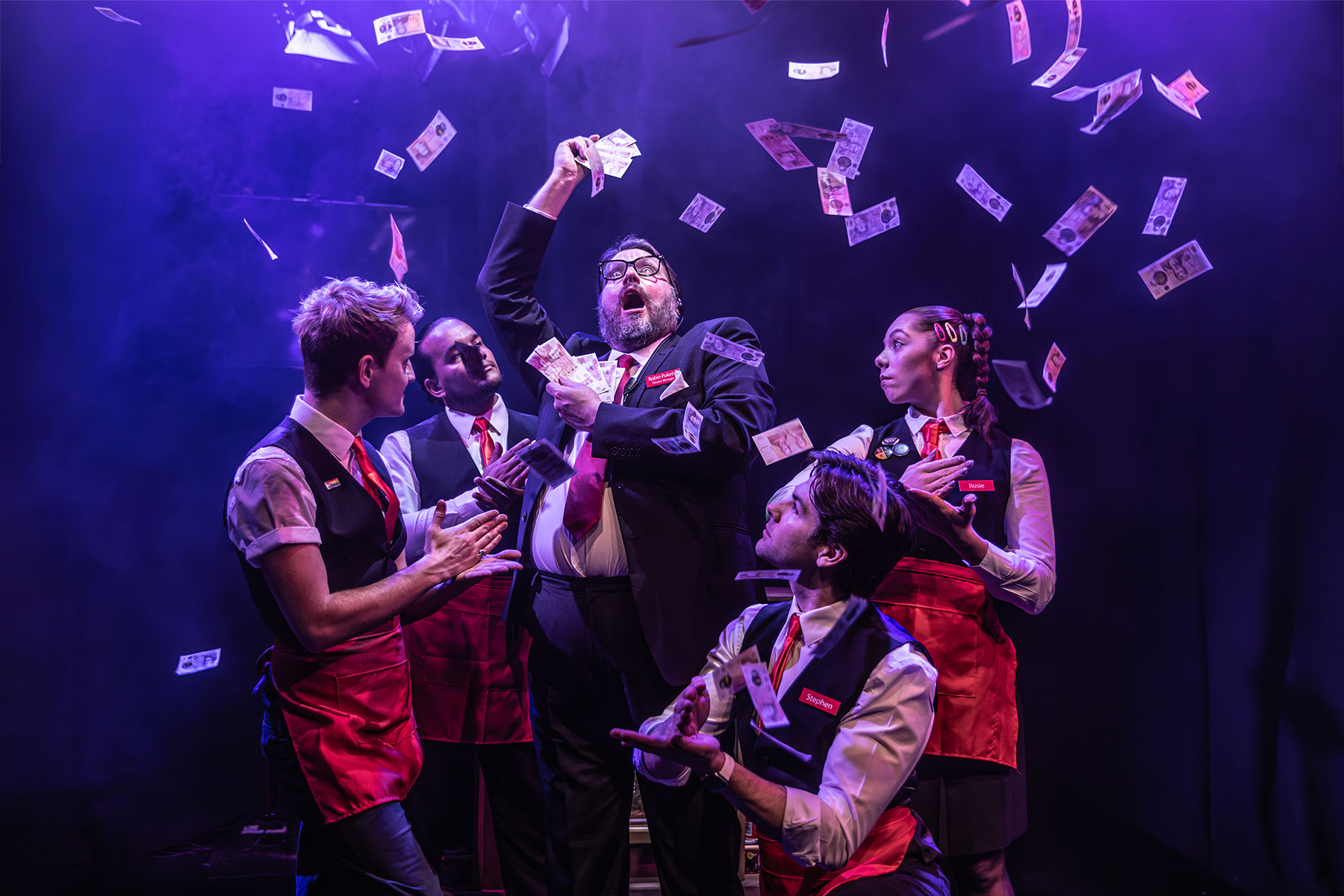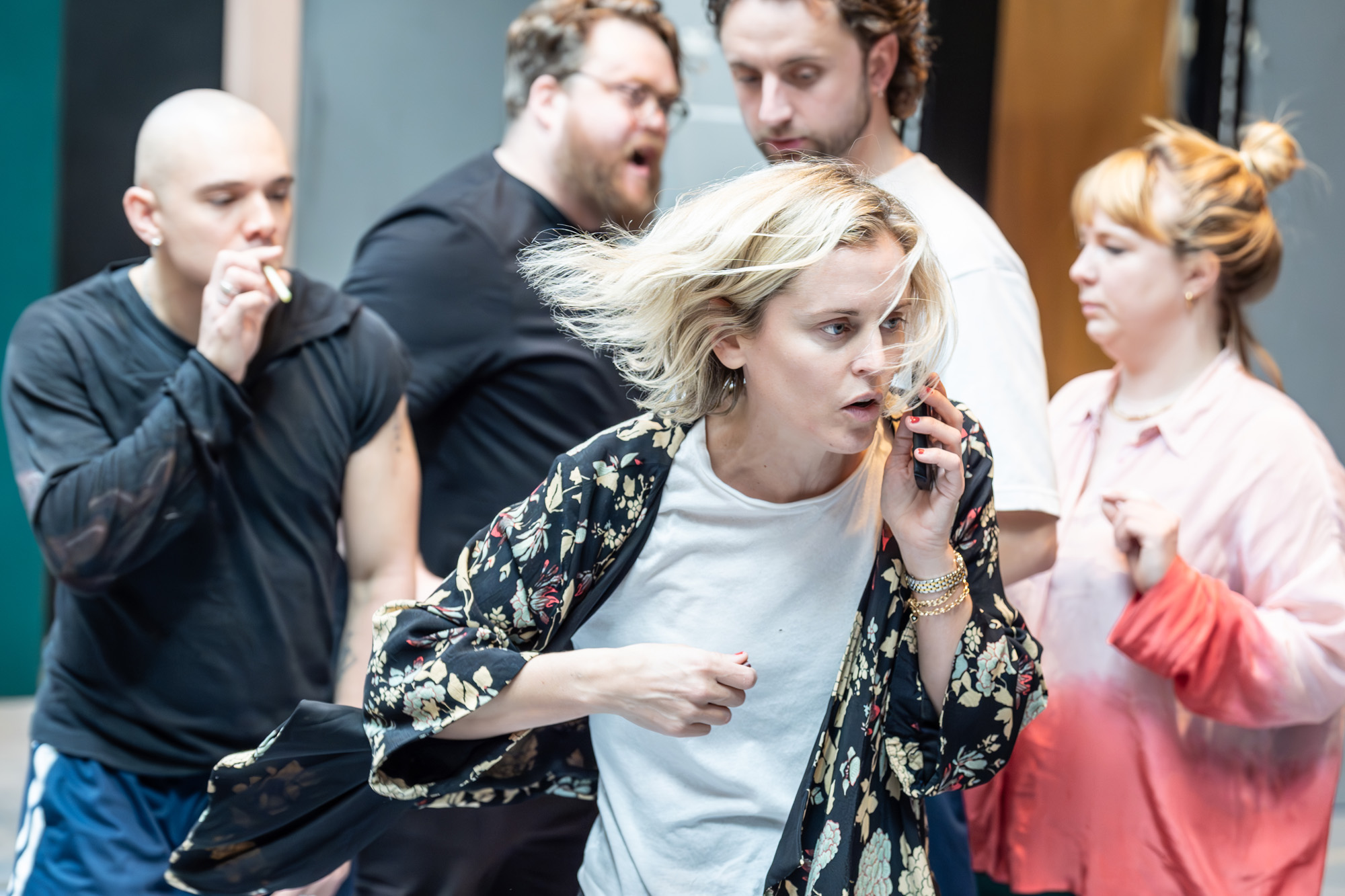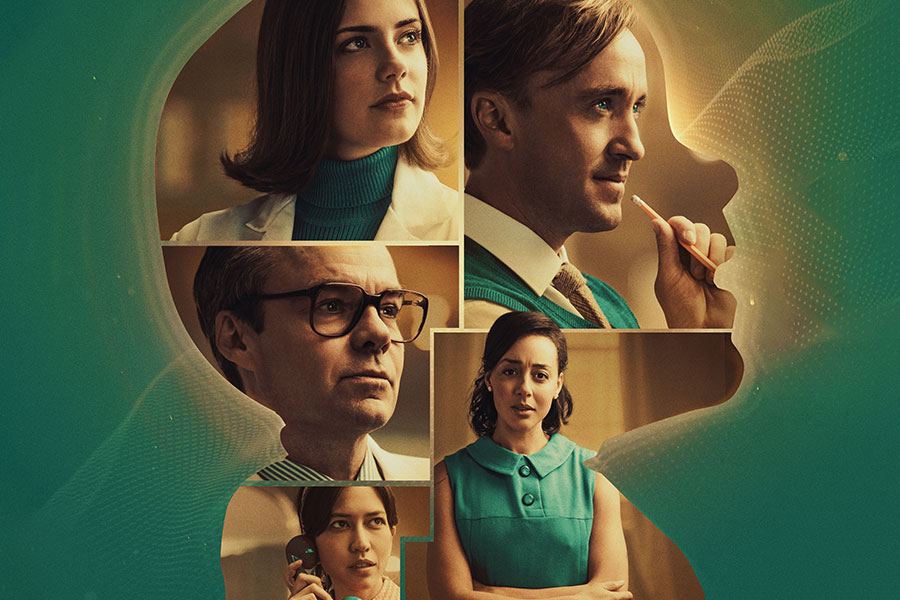Brigid Larmour on Von Ribbentrop’s Watch
What has drawn you to direct this play?
It’s a serious comedy, a really intelligent and entertaining play. As well as being very funny, the play is thought-provoking and at times moving, because of the honesty of the writing and the richness of the characters they create. Laurence Marks and Maurice Gran use the story to ask pertinent, and often very tricky, questions about culture and identity. It’s a play that uses history to explore the present.
There is a staggering amount of props in the show – lots of wine glasses and bowls of soup to be choreographed around the space. The main part of the play occurs in real time, with a family gathering for Passover supper, so it also needs a lot of very focussed ensemble work. Most of the actors are called most of the time, so it is quite an intensive process, compared with plays where there are numerous shorter scenes involving different combinations of characters. And there’s a fight in which half the crockery and glasses on the table get destroyed – and half don’t!
What are the advantage of co-productions (such as this one) between regional theatres?
It is always interesting to collaborate with colleagues from other companies. When I was artistic director of Act Productions in the West End we co-produced most of our shows, and we do a lot of partnership work here at Watford Palace Theatre, both with our creative associates like Rifco and the Opera Group, and with other producers and companies. It gives you access to a different range of work, and allows you to take more risks. And it means you can make more effective use of increasingly scarce resources. It also is great to have our work seen more widely and reach more audiences through partnerships with companies which tour.
How do you see your role as artistic director of the Watford Palace Theatre?
I am the leader of the organisation and the curator of its programme.
What are the advantages/disadvantages of touring productions?
It is great for a show to get a longer life than a run at just one theatre – the production can grow and develop a richness that is hard to achieve in a standard regional theatre run of three and a half weeks. It extends the “reach” of the theatre company to new audiences. And it requires a flexibility and ingenuity in the design. But the human business of touring can be demanding for the actors, being away from home.
How do you see the current recessionary measures affecting theatres such as yours?
In the current economic climate we have to use our resources very cleverly – for instance, in sharing production costs through co-productions – and focus on the things that are really important to us as a company. We must not get forced onto the back foot: we need to make sure we keep in touch with our audiences and do exciting work that they will want to come and see.










